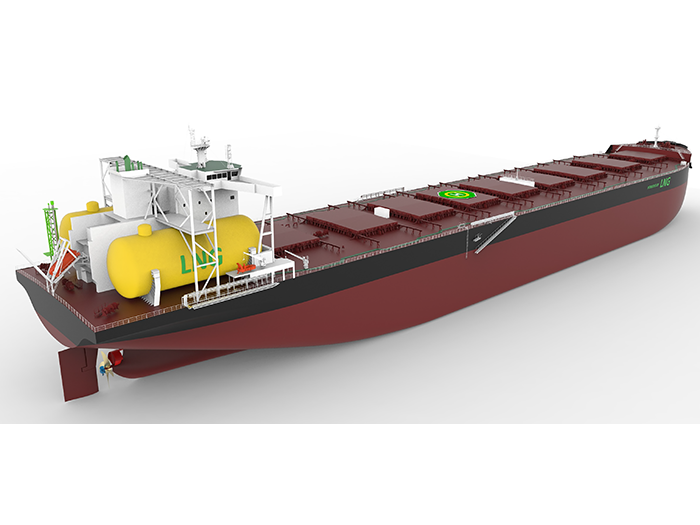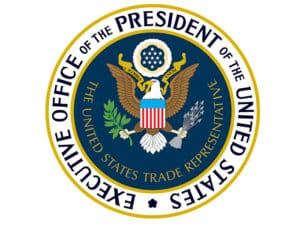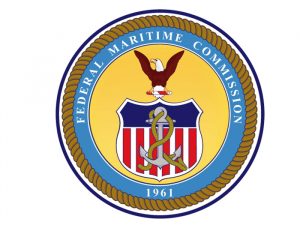
Dry bulks: Can the boom resume?
Written by Nick Blenkey
Himalaya Shipping's newbuild 210,000 dwt Newcastlemaxes will be LNG-fueled and ammonia-ready (Credit: Himalaya Shipping)
Looking for what’s ahead in the dry bulk shipping markets? The thermometer usually used to measure the health of the dry bulk market is the Baltic Dry Index, and through the first week of October last year it saw sufficient surges to persuade some wishful thinkers to predict a “super cycle” ahead as it hit a high of 5,650 points. As this was written, shortly before the close of the year, it was at around 2,217 points.
So, what’s ahead? The Athens-based Signal Group notes “the big challenge for the evolution of seaborne demand for dry vessels is always the performance of the Chinese economy.” The Signal Ocean Platform leverages artificial intelligence and cloud computing to analyze shipping market.
“We estimated the demand in ton days growth for this [2021] per main dry bulk ship size and we envisaged a clear higher trend of growth for the Capesize segment, that boosted the sentiment of Capesize freight rates during October to the highest level since 2009,” says Signal. “The question now is what about 2022? There are some early indications signaling a lower expansion in the growth of China, the world’s second largest economy, that will influence the evolution of demand for seaborne transportation for Capesize vessels.”
Signal says that market consensus is that the growth of the Chinese economy will vary from 5% to 5.5% in 2022. “The Chinese Academy of Social Sciences and the People’s Bank of China estimate China’s potential growth rate to be about 5.5% for 2022. Chinese growth slowed in the second half of this year, and there are predictions that the figure will be below 4% for the final quarter. However, official estimates for the full year growth will be released in mid-January.”
BIGGEST SHIPPING SECTOR
A lot of people will be watching those Chinese forecasts closely, That’s because the dry bulk market represents approximately 54% of total seaborne trade, equating to over 5 billion tons per year or 70,000 voyages per year, according to statistics quoted by one leading operator, Stamford, Conn.-based Eagle Bulk Shipping, with 60% of the dry bulk trades being accounted for by three commodities: coal (24%), iron ore (27%) and grain (9%). By the way, soybeans and various cereals are counted in as grain.
Even though dry bulkers account for a big chunk of the world fleet, they haven’t represented much of a market for shipbuilders over the past few years. According to a third quarter investor presentation by another leading player, Golden Ocean Group, “dry bulk net fleet growth [has been at its] lowest in 30 years” and the “orderbook is likely to stay muted due to limited slot availability before 2024 due to increasing prices, availability of financing and new emissions regulations.”
Golden Ocean Group (GOGL), meantime, in February last year freshened up the age profile of its fleet by acquiring 18 scrubber-fitted dry bulk vessels for a total of $752 million from affiliates of Hemen Holding Limited, a company indirectly controlled by John Fredriksen, the company’s largest shareholder.
The 18 vessels consisted of 10 Newcastlemaxes built in 2019-21 and 8 Kamsarmaxes built in 2020-21, GOGL said, adding that the move was in line with the company’s fleet renewal strategy.
ENTER HIMALAYA SHIPPING
One of the most interesting new players in the dry bulk market is Himalaya Shipping Limited (HSHIP), which started trading on the Oslo Stock Exchange under the ticker symbol HSHIP in December 2021. The company is the brainchild of Norwegian shipping tycoon Tor Olaf Trøim who, before striking out on his own, was often referred to as John Fredriksen’s right hand man. His HSHIP venture currently has 12 Newcastlemax 210,000 DWT LNG dual fuel bulk carriers under construction at New Times Shipbuilding Co. Ltd. in China.
The average purchase price for the vessels is $69.3 million and deliveries are set for between April 2023 and September 2024.
The ships can run on LNG or low sulfur fuel oil with enlarged VLSFO tanks of 4,800 cubic meters giving round trip flexibility. They are also ammonia ready, with Himalaya Shipping citing a “small cost” for upgrade to future potential fuels.
The company says it is ordering bulkers because orders are at a 30-year low and because a large part of the current fleet will be non-compliant with new EEXI regulations set to come into effect January 1 2023. The EEXI describes the CO2 emissions per cargo ton and mile. It determines the standardized CO2 emissions related to installed engine power, transport capacity and ship speed.
In short, notes Himalaya “this means all commercial ships above 5,000 tonnes needs to meet a set level for CO2 emissions. Less fuel efficient ships will either need to do major retrofitting, reduce speed or be scrapped.” All this, it says, could see an estimated 20% reduction in dry bulk tonnage supply.
Does that mean a boom in shipyard orders? Not necessarily. According to HSHIP, shipyard capacity is down, with 166 shipyards closed in China. And if you can find a shipyard slot, finding financing could be another problem, HSHIP notes that the top 40 shipping banks have reduced lending exposure to around $290 billion from around $360 billion despite a 25% increase in fleet size over the last five years.
FIRST LNG-FUELED BULKER
The HSHIP newbuilds will not be the world’s first LNG fueled bulkers. That honor goes to two ships built to serve South Korean steel producer POSCO and introduced in response to the IMO 2020 cap on sulfur emissions. The first of the pair, the HL Green, arrived ay POSCO’s
Gwanyang Works on January 20, 2021, with a cargo of iron ore from Australia.
The 180,000 dwt HL Green is operated by Korea’s H-Line Shipping Co. under a long term POSCO charter, and was designed and built, along with a sister ship, by Hyundai Samho Heavy Industries Co. Ltd. POSCO supplied steel plates for the ships’ bodies and, in a first for a Korean steel producer, 9% nickel steel as cryogenic materials for the fuel tanks.
AMMONIA-FUELED BULKER
The backing of long-term charters from end users could well be key to determining what bulkers actually get built over the next several years. Interestingly, an ammonia-fueled bulker project involving Sumitomo Corporation, one of Japan’s giant, multi-faceted general trading corporations—sogo sosha—will see the ship owned and operated by Sumitomo itself, and fueled by ammonia supplied by Sumitomo, which is implementing initiatives for the entire maritime ammonia supply chain that include plans to launch of an ammonia supply business to fuel ships in Singapore.
The ship itself will be designed and developed in cooperation with Oshima Shipbuilding has been manufacturing and selling dry bulk carriers jointly with Sumitomo since 1973. Measuring 229 meters (751 feet) by 32.26 meters (105.8 feet), it will have a deadweight in the 80,000-dwt range and is targeted for 2025 completion.
All in all, this looks to be a project that delivers the chicken and the egg simultaneously.




